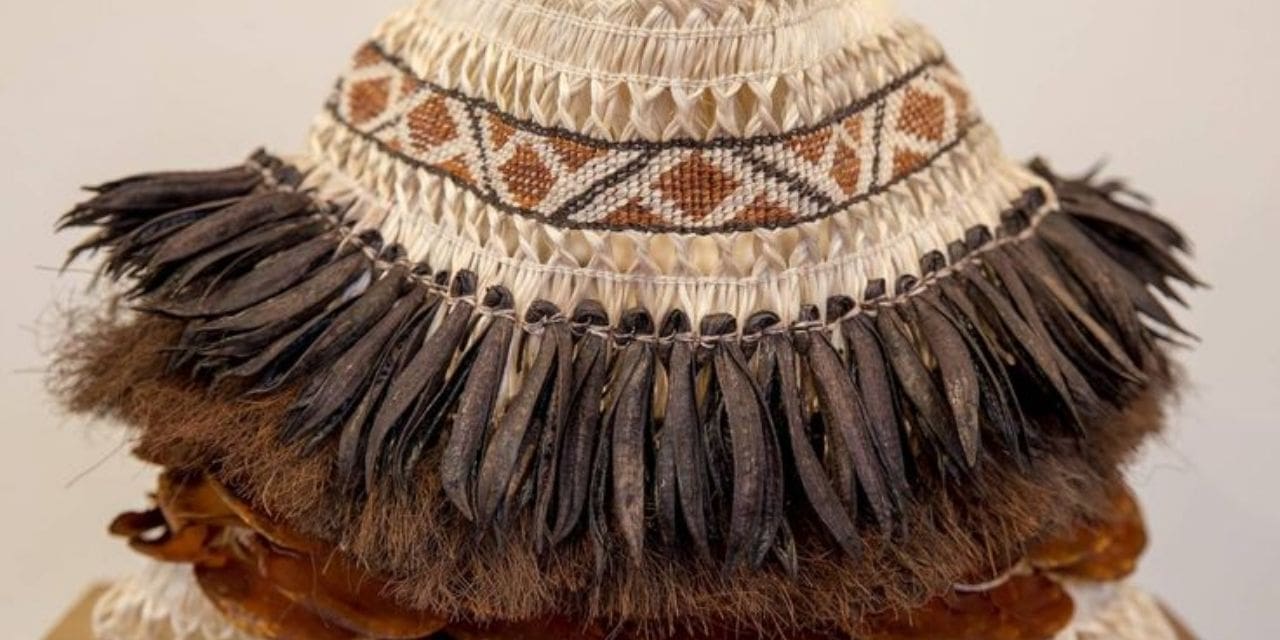The Intersection of High-Tech Fibres and Handcrafted Indian Textiles
By Nikita Sachwani
Junior Research Fellow at the Department of Garment Production and Export Management,
Government Arts Girls College, University of Kota, Kota
The current era is a witness to rapid technological advancements affecting every aspect of our lives. With remarkable transformation brought by cutting-edge materials, engineered to possess extraordinary properties and capabilities, a convergence of the fields of textile manufacturing and engineering brings before us the emergence of high-tech fibres which stands as a watershed moment, reshaping industrial practices and changing our perception of textiles by making them functional beyond their traditional purpose. High technology fibres which may be called technical or smart fibres are synthetic or highly engineered natural fibres which are designed for flexibility, increased strength, reduction in overall weight of textile, moisture wicking, thermal insulation, stain repellency, dirt repellency, antibacterial properties etc.
In this article, we are focused on a captivating realm where we explore the possibility of combining tradition with innovation has been looked upon, where an interplay between high-tech fibres and the rich heritage of handcrafted textiles and craftsmanship of artisans steeped in centuries-old traditions while embracing the possibilities unlocked by modern technology, bridging the gap between the past and the future and an uncovering of the transformative power of collaboration, creativity, and cultural exchange in the world of fashion and beyond.
Each state of India is renowned for its distinct weaving traditions as a part of its culture, rich history and tradition which all together contribute as an asset to the treasury of the Indian heritage and reserve their position in the global fashion scenario due to their unmatched qualities. Let’s consider the case of a traditional saree with high-tech textile fibres. Here the design inspiration remains the same as before. Traditional motifs, patterns and colour palettes can be chosen in close association with expert artisans. Ways can be explored to incorporate high-tech fibre yarn into the fabric weave preserving the authenticity of true craftsmanship.
Now we move on towards the benefits of using these fibres in traditional weaves. It can provide:
- Enhanced comfort with moisture wicking, breathability, and softness. Moisture management by high-tech fibres would keep the wearer dry even in challenging environmental conditions ensuring better comfort and skin health.
- Durability in function and appearance.
- Easy Care with less maintenance requirements and simplified laundry process. Wrinkle resistance, fading resistance and stain resistance offered by high-tech fibres would further enhance ease and increase the reach of traditional weaves to those who used to avoid them due to the requirements of delicate handling and labour-intensive cleaning processes. It also makes it suitable for the requirements of a busy day life offering a professional appearance throughout the day.
- UV protection and temperature regulation would provide added utility and comfort in a variety of environmental conditions. These qualities are a valuable addition to the traditional Indian saree.
- Lightweight construction
- High-tech fibres provide a stable base for intricate embellishment work like embroidery or beadwork.
- Engineered hypoallergenic material minimises the risk of allergic reactions and skin irritation.
Overall, the use of high-tech fibres can enhance performance and practicality while conforming to the same traditional aesthetic values, offer sustainability, open up new avenues for creative exploration, provide more comfort and cater to the needs of modern consumers, preserving the elegance and cultural significance of this traditional garment, all at the same time.

